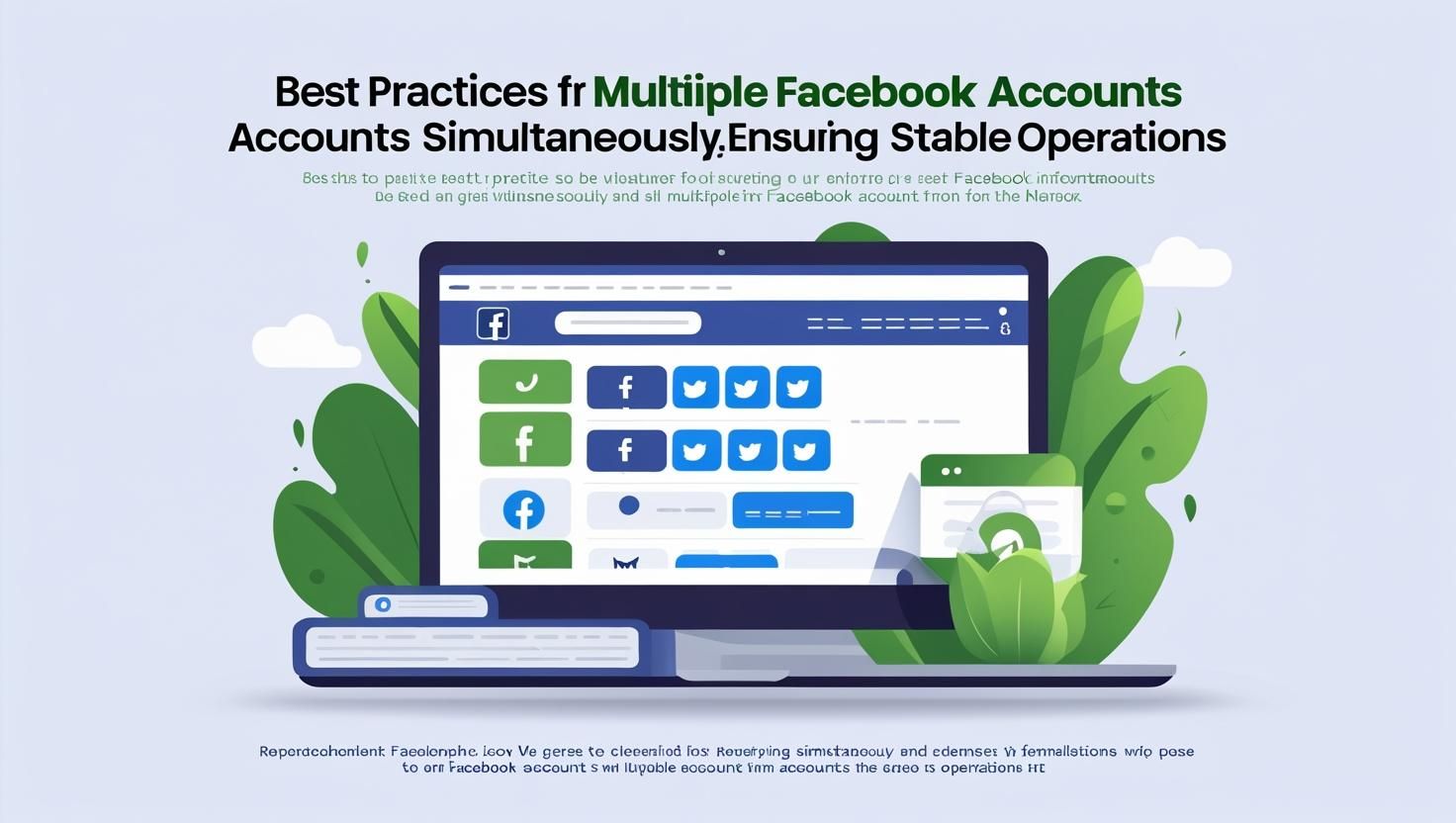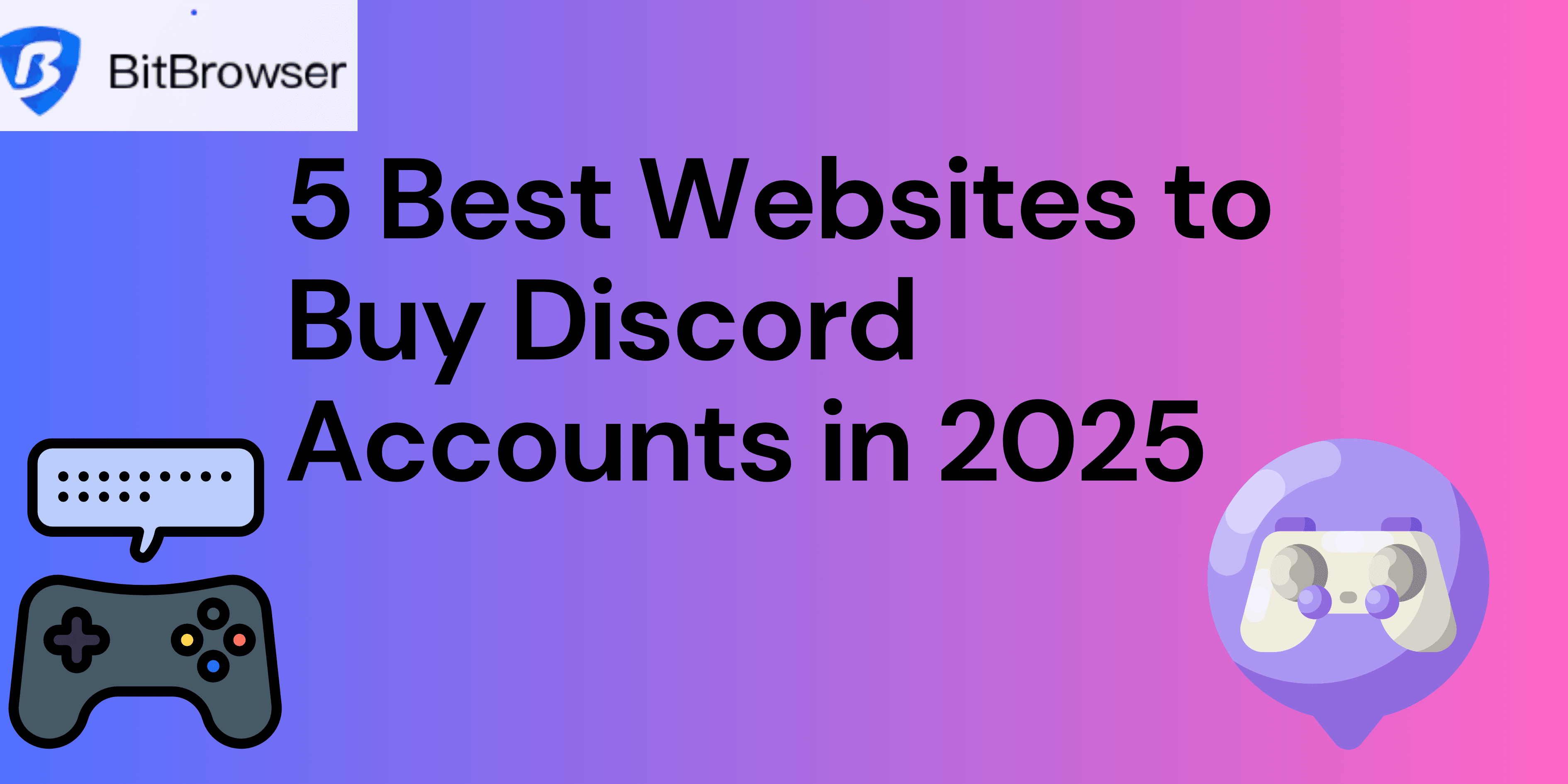


What is WebGPU browser?
 2025.10.05 12:13
2025.10.05 12:13In the evolving world of web development, WebGPU is emerging as a game-changer. As a modern web API, WebGPU opens up exciting new possibilities for web applications by providing high-performance graphics rendering and general-purpose GPU computations directly in the browser. This article will explore what WebGPU is, how it differs from WebGL, and what it means for the future of web development.
What is WebGPU?
WebGPU is a low-level graphics and computation API designed to bring better performance and more control over GPU resources in the web environment. It is designed to replace and improve upon WebGL, the API that powers most of the 3D graphics in browsers today.
Unlike WebGL, which is based on the older OpenGL ES model, WebGPU provides developers with more direct access to modern graphics hardware and parallel computation capabilities. This results in faster, more efficient rendering and the ability to perform complex computations that were once limited to native applications.
WebGL vs. WebGPU: What’s the Difference?
To understand the importance of WebGPU, it’s essential to first understand how it differs from WebGL, the current standard for web-based graphics rendering.
- WebGL: Focused primarily on graphics rendering, WebGL is built on OpenGL ES, a graphics API used on mobile devices. While it works well for 2D and 3D rendering in browsers, it can be slow and lacks access to the GPU’s full capabilities.
- WebGPU: In contrast, WebGPU is built to take advantage of modern graphics APIs such as Vulkan, Metal, and DirectX 12. This allows developers to harness more powerful features like compute shaders, which can be used for tasks beyond graphics, such as machine learning and scientific computing.
Key Features of WebGPU
- Better Performance
WebGPU allows direct interaction with the GPU, which leads to faster execution times for complex visualizations, simulations, and computations. Since it gives developers more control over GPU resources, it can minimize overhead and maximize performance compared to WebGL. - General-Purpose GPU Computations
One of the standout features of WebGPU is its ability to handle general-purpose GPU (GPGPU) tasks. This means developers can use the GPU for non-graphical tasks like data processing, machine learning, and AI, unlocking a whole new range of possibilities for web applications. - Cross-Platform Support
Like WebGL, WebGPU is designed to work across different platforms. Whether you’re using Chrome, Firefox, Safari, or Edge, WebGPU aims to provide a consistent experience for web users across various devices and operating systems, from desktops to mobile devices. - Low-Level Access to GPU
WebGPU’s low-level design is what sets it apart. Developers can make detailed optimizations and access hardware-specific features of the GPU that WebGL can’t. This access leads to better resource management, which is particularly important for high-performance applications. - Modern API Design
WebGPU’s architecture is aligned with the latest graphics standards, making it more future-proof. Unlike WebGL, which is based on older technology, WebGPU is built to work seamlessly with modern graphics APIs, like Vulkan and Metal, allowing it to unlock the latest GPU features.
Why Is WebGPU Important?
The significance of WebGPU lies in its ability to expand what is possible within web applications. With its ability to offload compute-intensive tasks to the GPU, WebGPU will make the following possible:
- More Complex Web Applications: WebGPU allows for the creation of more sophisticated web applications, such as high-end games, simulations, and data visualizations. By taking advantage of the GPU for computation, web apps can run more efficiently and handle demanding tasks that were once out of reach.
- Machine Learning in the Browser: One of the most exciting possibilities with WebGPU is the ability to run machine learning models directly in the browser. WebGPU’s computational power can be used to train and run AI models without needing external servers, which could significantly improve the speed and accessibility of AI-driven web apps.
- Real-Time 3D Graphics: WebGPU's ability to render high-quality 3D graphics with more precision means developers can create immersive, real-time experiences right in the browser. This is especially important for fields like virtual reality (VR), augmented reality (AR), and gaming.
WebGPU in Action: Use Cases
Let’s look at some real-world applications where WebGPU can make a difference:
- Gaming: Games on the web are becoming increasingly complex, and WebGPU will allow developers to bring console-quality graphics directly to the browser. Games that require real-time physics, advanced lighting, and high-definition textures will be able to run more smoothly, offering users a better gaming experience.
- AI and Machine Learning: With the ability to offload complex calculations to the GPU, WebGPU makes it possible to run machine learning models directly in the browser. This opens the door for powerful web-based AI tools, such as real-time image recognition or natural language processing, without needing to send data to remote servers.
- Scientific Simulations: WebGPU’s general-purpose GPU capabilities are perfect for scientific computing, such as simulating fluid dynamics, weather patterns, or molecular interactions. Researchers can run these simulations in the browser, making it easier to collaborate and share findings in real time.
- Data Visualization: Large datasets can be processed and visualized with ease, allowing for interactive, real-time graphics that were previously reserved for desktop applications. WebGPU will improve how we interact with big data directly in the browser.
Challenges and Future Outlook
While WebGPU offers many exciting features, it is still in the process of being adopted across all browsers. At the time of writing, WebGPU is supported in most Chromium-based browsers (like Chrome and Edge) and has experimental support in Firefox and Safari. Full cross-browser compatibility will be key to ensuring widespread use.
Furthermore, WebGPU is a low-level API, which means it requires developers to have a deeper understanding of graphics programming. However, as libraries and frameworks around WebGPU are developed, it will become more accessible to a broader audience of developers.
Conclusion
WebGPU is a powerful tool that will transform the way we experience the web. With its ability to handle high-performance graphics and general-purpose GPU computations, it paves the way for more complex, interactive, and AI-driven web applications. As browser support increases and more developers harness the power of WebGPU, we can expect the web to become an even more dynamic and immersive platform for everything from gaming to scientific research.
For developers, understanding WebGPU opens the door to a new era of web development where performance is no longer constrained by the limitations of older technologies. It’s an exciting time to be a part of the web development community, as the future of the internet continues to unfold.
 petro
petro
 Multi-Account Management
Multi-Account Management Prevent Account Association
Prevent Account Association Multi-Employee Management
Multi-Employee Management



